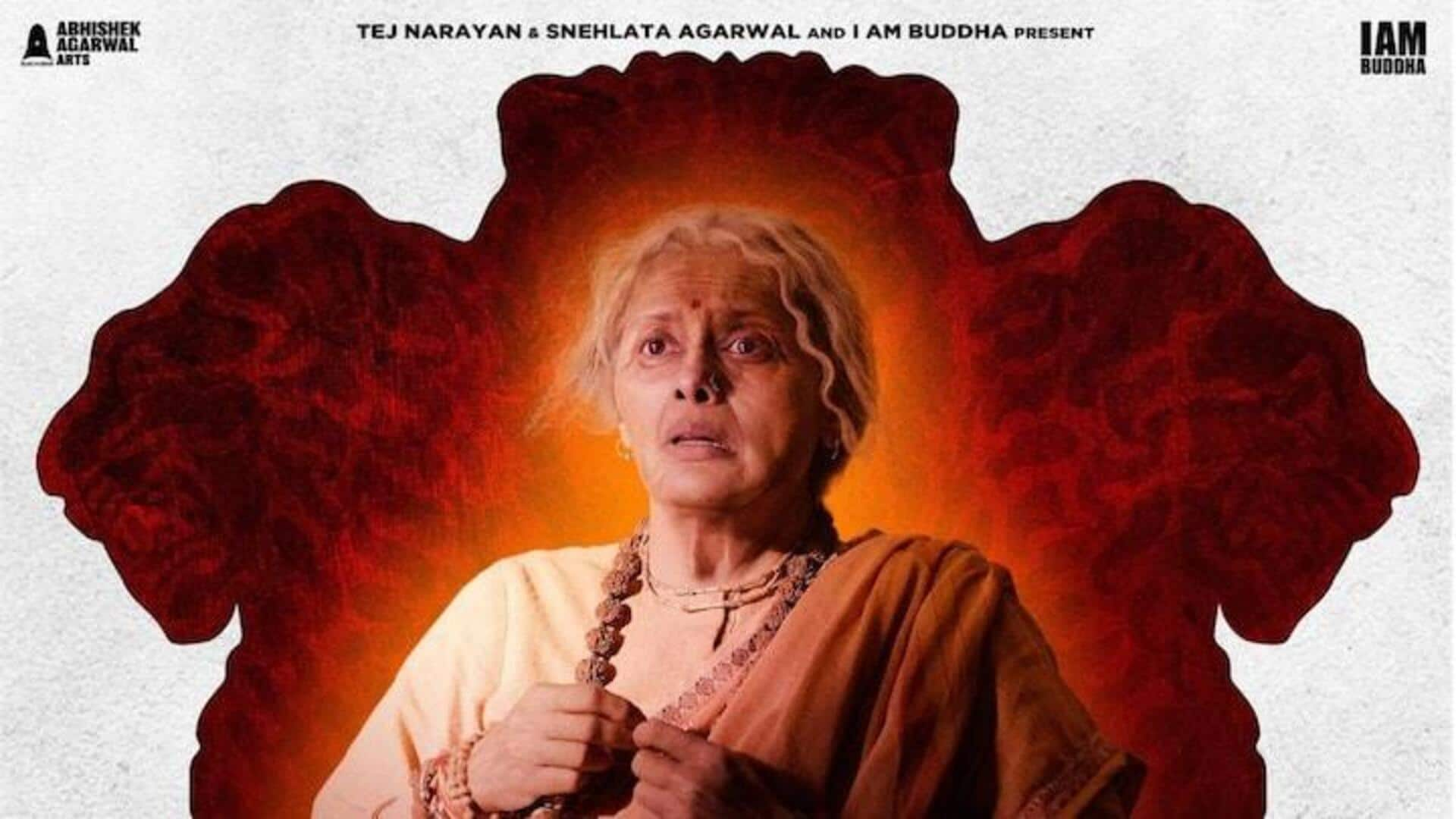
'Bengal Files' review: Vivek Agnihotri's overlong film tests your patience
What's the story
Vivek Agnihotri's The Bengal Files, in theaters today, is the third part in his ambitious trilogy after The Tashkent Files (2019) and The Kashmir Files (2022). Over a staggering 200 minutes long, The Bengal Files features relentless, stomach-turning violence, and does not know when or where to stop. Gory to the point of being nauseating, the film tests your patience almost every minute.
Plot
Explores communal violence in the pre-partition era
The film stars Mithun Chakraborty, Darshan Kumaar, Anupam Kher, Pallavi Joshi, and Saswata Chatterjee, among others. Set both in present-day India and in 1946, it covers the widespread riots in Bengal between Hindus and Muslims after the Direct Action Day in August 1946. Kher plays Mahatma Gandhi, while Joshi plays Bharti, a former freedom fighter and an elderly woman who has now developed dementia.
#1
Where is the story?
Though almost nothing works for The Bengal Files, perhaps the biggest drawback here is the lack of a coherent, proper narrative. The story awkwardly tumbles between past and present (there's hardly a connection ever), and Agnihotri is so preoccupied with showing violence that everything else takes a backseat. Characters randomly enter and exit frames, and there's no logic to most segments.
#2
More on the above aspect
The storytelling is uneven and patchy, and the film suffers due to over-the-top, artificial dialogues. Characters don't speak to each other; they deliver heavy-handed sermons about communalism. No scene goes by without a lengthy, off-putting lecture, and nothing is allowed to simply exist. Everything is doubly underlined, sensationalized, and milked to no end, and the film refuses to slow down and catch a breath.
#3
Kher, Joshi's performances can't save the film
The Bengal Files marches to its own beat, logic is long dead, and a connective tissue is sorely missing. The film heavily relies on Kher, Simratt Kaur, and Joshi's performances, and while they're good in their respective parts, the film never comes together at the end. Sweeping generalizations, zero character development, and a veritable absence of nuance don't help it either.
#4
How much violence is too much violence?
Violence in films is justified as long as it drives the narrative forward, but in The Bengal Files, it is prioritized to such an extent that everything else becomes an afterthought. Sensational brutality, triggering scenes, and volatile statements constitute most of the film, instantly turning you away from the project. A series of gory scenes stitched together does not a film make.
Verdict
Hardly the best way to learn history; 1.5/5 stars
All characters exist to deliver nationalistic sermons, all villains are caricaturish, and the film evokes absolutely no emotions. Agnihotri's gaze never goes beyond the surface level, and by the time the film (finally) ends, we are none the wiser about any character. If you seek to learn more about Bengal's communal history, head toward better resources, not The Bengal Files. 1.5/5 stars.